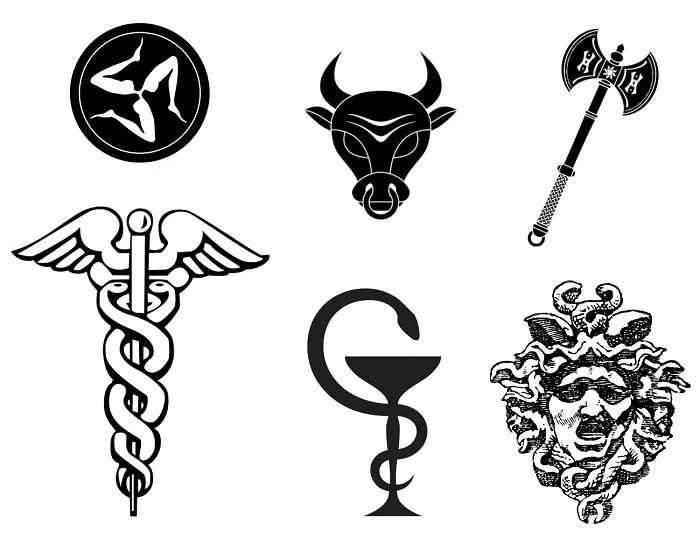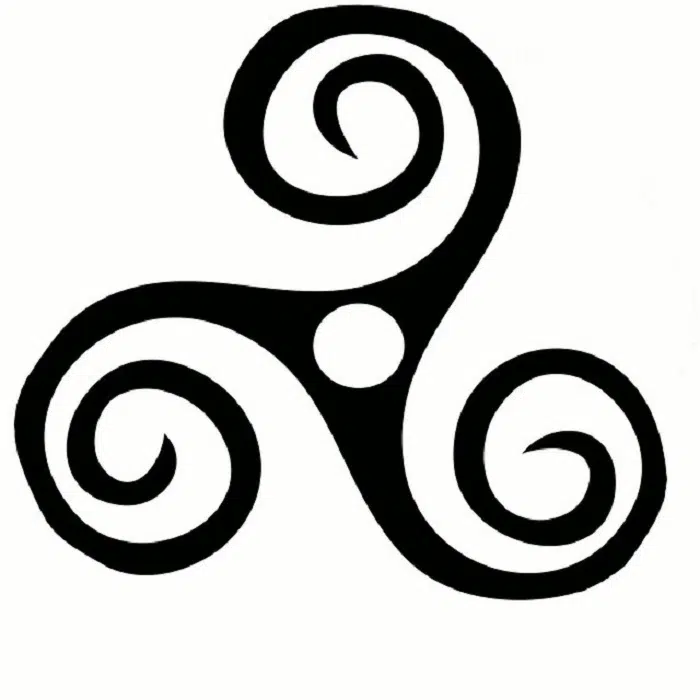Symbols have always played a powerful role in expressing concepts like courage, honor, and resilience. Among ancient civilizations, the Greeks were especially known for creating visual motifs that carried deep spiritual and cultural meaning. One of the most respected of these is the Greek symbol of strength. Rooted in mythology, warfare, and philosophy, this symbol has inspired everything from tattoos and jewelry to motivational art and sports branding.
In this article, we’ll explore the origins, meanings, and applications of the Greek symbol of strength, as well as how it’s used in modern times.
Ancient Greek Symbols and Their Meanings

The Importance of Symbolism in Greek Culture
Greek civilization heavily relied on symbolic representations to embody divine qualities, virtues, and heroic ideals. Whether in architecture, clothing, or weaponry, symbols acted as reminders of personal values and public allegiance.
Symbols of strength were especially valued in:
- Military crests
- Warrior armor
- Temples and sanctuaries
- Religious rituals honoring gods like Ares or Heracles
Among these, one specific emblem stands out as the enduring Greek symbol of strength.
The Meander (Greek Key) as a Symbol of Strength
The Meander, also known as the Greek Key or Greek Fret, is a continuous line pattern that folds back on itself. While it may appear decorative, it holds powerful meanings.
Origin and Design
The Meander was named after the Meander River in Asia Minor, known for its twisting and flowing path. The pattern itself resembles a labyrinth or a series of interconnected lines, and it’s often found on ancient Greek pottery, friezes, and mosaics.
Symbolic Meaning
- Endurance: The never-ending line symbolizes the eternal flow of life, much like the challenges and victories of human existence.
- Unity and Order: Its geometric precision reflects balance and strength through structure.
- Strength and Resilience: The unbroken pattern implies an ability to withstand adversity and return to form.
This makes the Meander an iconic Greek symbol of strength—both physical and mental.
Other Greek Symbols Representing Strength
Heracles’ Knot
Also known as the “love knot,” this symbol is linked to Heracles (Hercules), the Greek demigod renowned for his incredible strength. The knot was believed to offer protection and strength in battle and was often used in amulets and belts.
The Labrys (Double Axe)
Used by both Minoans and later Greek cultures, the Labrys is a double-headed axe symbolizing authority and power. It was often associated with female strength and the goddess Demeter.
The Lion
In Greek mythology, the lion was considered a sacred animal of strength and dominance. Heracles wore the Nemean lion’s skin as a cloak after defeating it in battle, further cementing its status as a symbol of indomitable force.
Use of the Greek Symbol of Strength in Modern Times
Tattoos and Personal Art
The Meander pattern, Heracles’ Knot, and Labrys are popular in tattoo culture for those seeking to embody resilience, courage, or spiritual fortitude.
Fashion and Jewelry
Designers frequently incorporate the Greek Key into:
- Gold bracelets and rings
- Athletic apparel
- Emblems on luxury watches
- University or fraternity logos
Its bold design and rich history make it both a fashion statement and a meaningful reminder.
Architecture and Décor
Columns, borders, and tiles often feature the Greek Key pattern, not just for aesthetic appeal but also to invoke a sense of order and strength in the environment.
Greek Symbolism and Strength in Mythology
Greek mythology is filled with characters that represent strength—not just physical, but emotional and intellectual. Heroes like Achilles, Theseus, and Odysseus often wore or carried symbols of strength that helped them on their journeys.
Among the gods:
- Ares represented war and raw power.
- Athena, while more focused on wisdom, also stood for strategic strength and resilience in battle.
- Heracles embodied brute strength and was often illustrated with the lion skin and club.
The symbols associated with these deities remain iconic in Greek symbolism even today.
Choosing a Greek Symbol for Personal Strength
When selecting a Greek symbol of strength for personal use—whether in a tattoo, design, or logo—consider the meaning that resonates most with your own life experience. For example:
- Choose the Greek Key if you value endurance, consistency, and life’s cyclical nature.
- Choose Heracles’ Knot for protection and heroism.
- Choose the Labrys if you align with strength through balance, especially in feminine or nurturing forms.
FAQs About Greek Symbol of Strength
Q1: What is the most common Greek symbol of strength?
A1: The Greek Key (Meander) is widely recognized as the primary symbol of strength, representing endurance, unity, and resilience.
Q2: What does the Greek Key symbolize beyond strength?
A2: Besides strength, it also symbolizes infinity, eternal life, order, and interconnectedness.
Q3: Can I use the Meander pattern in my tattoo or artwork?
A3: Yes, it’s a popular choice for tattoos and designs. It’s aesthetically balanced and deeply meaningful.
Q4: What does the Labrys symbol represent?
A4: The Labrys is a double axe symbolizing authority, especially female strength and matriarchal power in ancient traditions.
Q5: Is the lion a symbol of strength in Greek culture?
A5: Yes, especially associated with Heracles, the lion symbolizes dominance, protection, and divine power.
The Greek symbol of strength is more than an artistic pattern or mythological reference—it’s a timeless reminder of human resilience. Whether through the continuous path of the Meander, the protective knot of Heracles, or the fierce power of the lion, Greek symbols continue to speak to our inner strength and perseverance. From ancient carvings to modern tattoos, these icons still inspire people to face challenges with courage and dignity.


